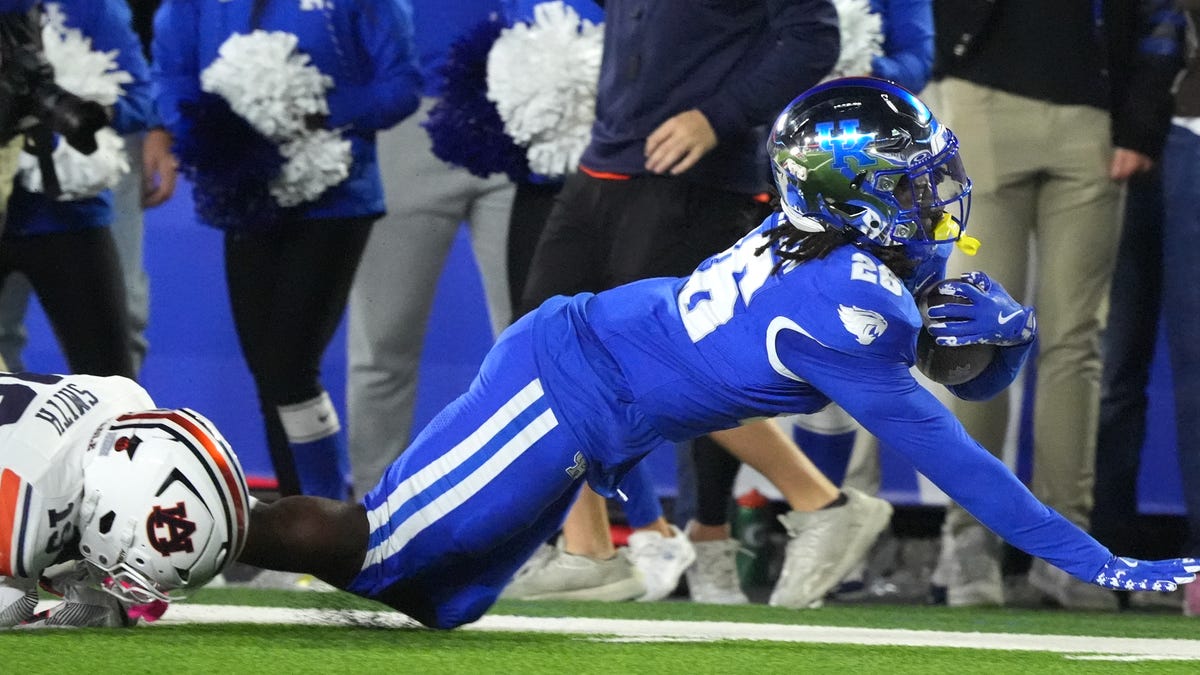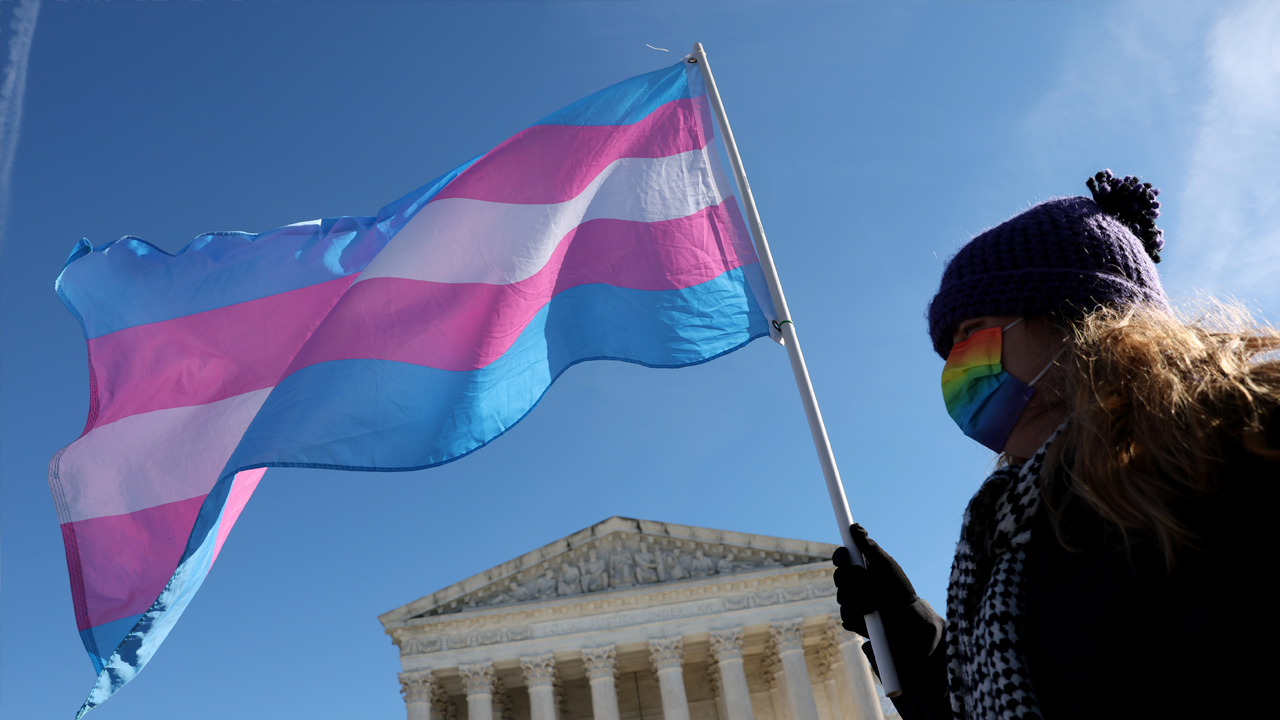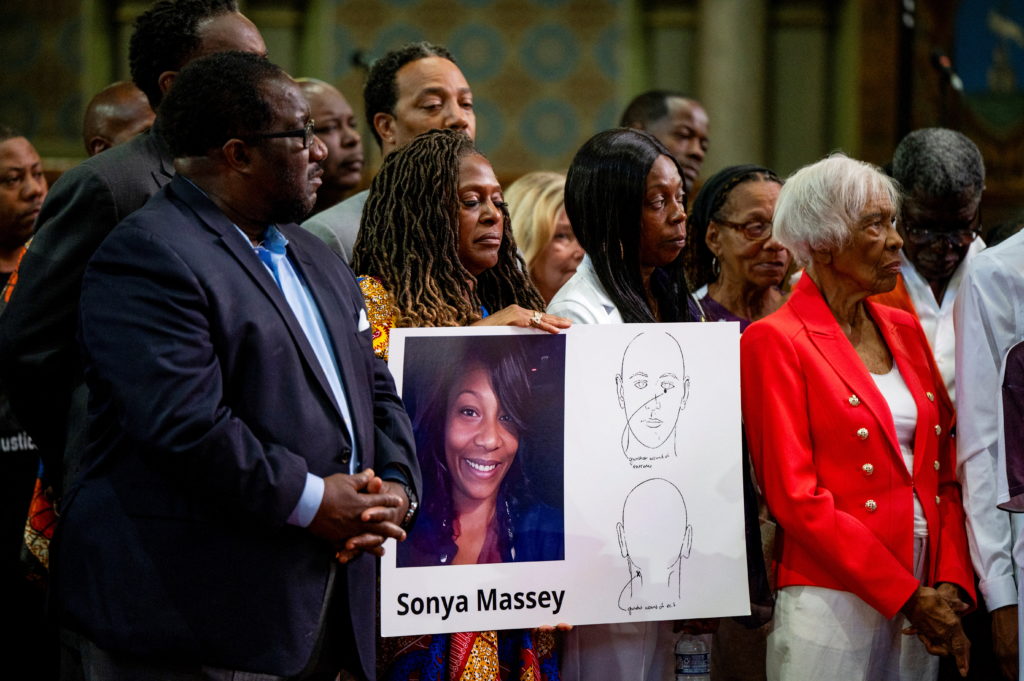Health
For the first time, there are more children in the world who are obese than underweight

NEWYou can now listen to Fox News articles!
For the first time in history, more children are obese than underweight, a shift UNICEF says is putting millions of kids at risk of life-threatening disease.
The UN agency’s analysis, which covered data from more than 190 countries between 2000 and 2022 and projections since, found that one in 10 school-aged kids — about 188 million worldwide — is obese under World Health Organization (WHO) standards.
Meanwhile, one in five children under 19 years old globally – or 391 million – is overweight. Kids are considered overweight if they carry excess weight for their age, sex and height, while obesity is a more severe form that greatly increases the risk of serious health problems later in life.
CUTTING OUT ONE FOOD TYPE COULD NEARLY DOUBLE WEIGHT LOSS, NEW STUDY SUGGESTS
Between 2000 and 2022, global obesity rates among those aged five to 19 more than tripled, jumping from 3% to 9.4%. During the same period, the prevalence of underweight children fell from nearly 13% to 9.2%.
One in 10 children globally is living with obesity, putting them at risk of life-threatening diseases. (iStock)
“When we talk about malnutrition, we are no longer just talking about underweight children,” UNICEF executive director Catherine Russell said in a press release.
“Ultra-processed food is increasingly replacing fruits, vegetables and protein at a time when nutrition plays a critical role in children’s growth, cognitive development and mental health,” she warned.
MAJORITY OF AMERICANS GET MORE THAN HALF OF CALORIES FROM ULTRA-PROCESSED FOODS, CDC FINDS
While undernutrition is still a significant problem, obesity is now more common almost everywhere except South Asia and sub-Saharan Africa.
The report highlights obesity hotspots and found that levels have doubled since the 2000s, especially in low- and middle-income countries, even as they still struggle with undernutrition. In small Pacific Island nations like Niue and the Cook Islands, nearly 40% of young people are obese.
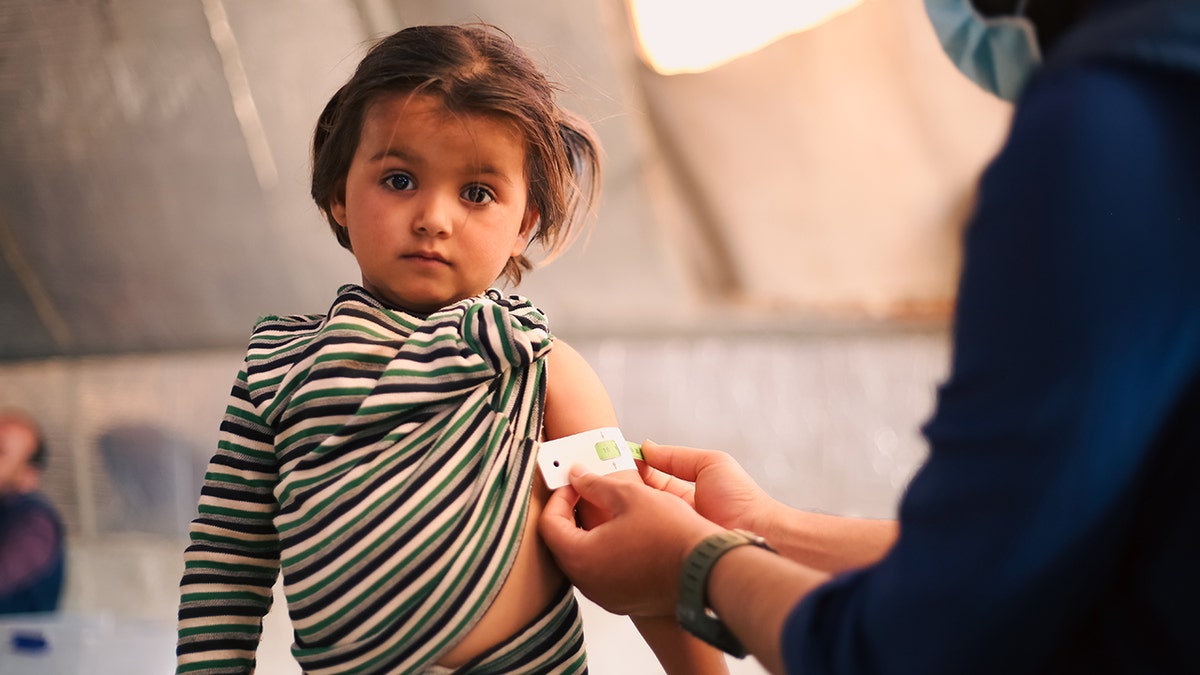
Children still face malnutrition in the form of being both underweight and overweight, according to UNICEF. (iStock)
Meanwhile, in wealthier countries, where ultra-processed foods make up more than half of adolescents’ calories, high levels of obesity persist. Twenty-seven percent of five-to-19-year-olds in Chile are living with obesity, while rates in the U.S. and the United Arab Emirates stand at 21%.
DIABETES STUDY REVEALS DIAGNOSIS GAP AFFECTING MILLIONS OF PEOPLE
In wealthier nations such as the U.S., doctors are increasingly backing the use of new weight-loss drugs in teenagers as a tool to combat the crisis.
“Obesity is not a failure of parents or children. It’s the result of toxic food environments,” author, professor and UNICEF backer Chris Van Tulleken told Reuters.
Obesity leads to a higher risk of developing insulin resistance and high blood pressure, as well as life-threatening diseases later in life, including Type 2 diabetes, cardiovascular disease and certain cancers, according to the report.
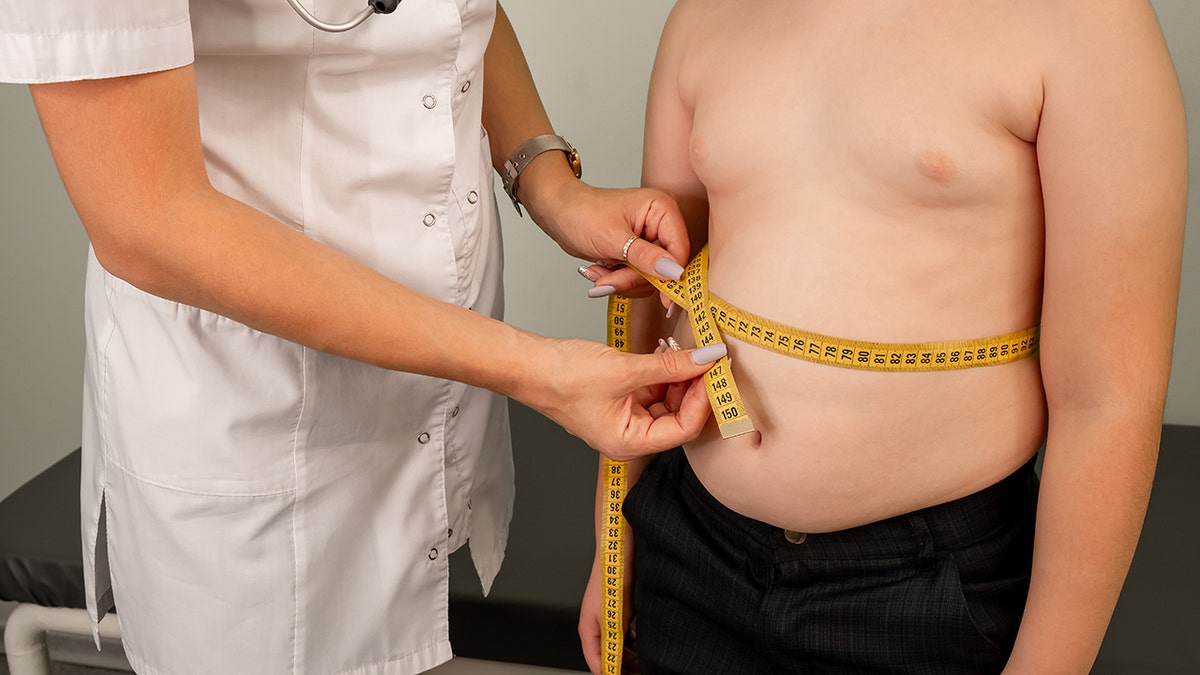
Obesity has now surpassed underweight as the most common form of malnutrition among young kids, UNICEF warns. (iStock)
In addition to ultra-processed foods, especially those high in salt, sugar and fat, experts blame the aggressive marketing of junk food.
MORE IN HEALTH NEWS
A survey of 64,000 young people conducted by the agency in 170 countries revealed that 75% had seen ads for sugary drinks, snacks or fast food in the prior week. Even in conflict zones, 68% reported being exposed to this kind of advertising. Sixty-five percent of respondents in low-income countries were exposed to them, too, including at school, on social media, at sporting events and in cartoons.
U.S. Health and Human Services Secretary Robert F. Kennedy, Jr. this week unveiled the “Make America Healthy Again” (MAHA) report on childhood health, which warns that ultra-processed foods, sedentary behavior and a host of environmental and dietary factors are fueling rising obesity and chronic disease in American children.
CLICK HERE TO SIGN UP FOR OUR HEALTH NEWSLETTER
It said the administration would explore the development of potential industry guidelines to limit direct advertising of unhealthy foods to children.
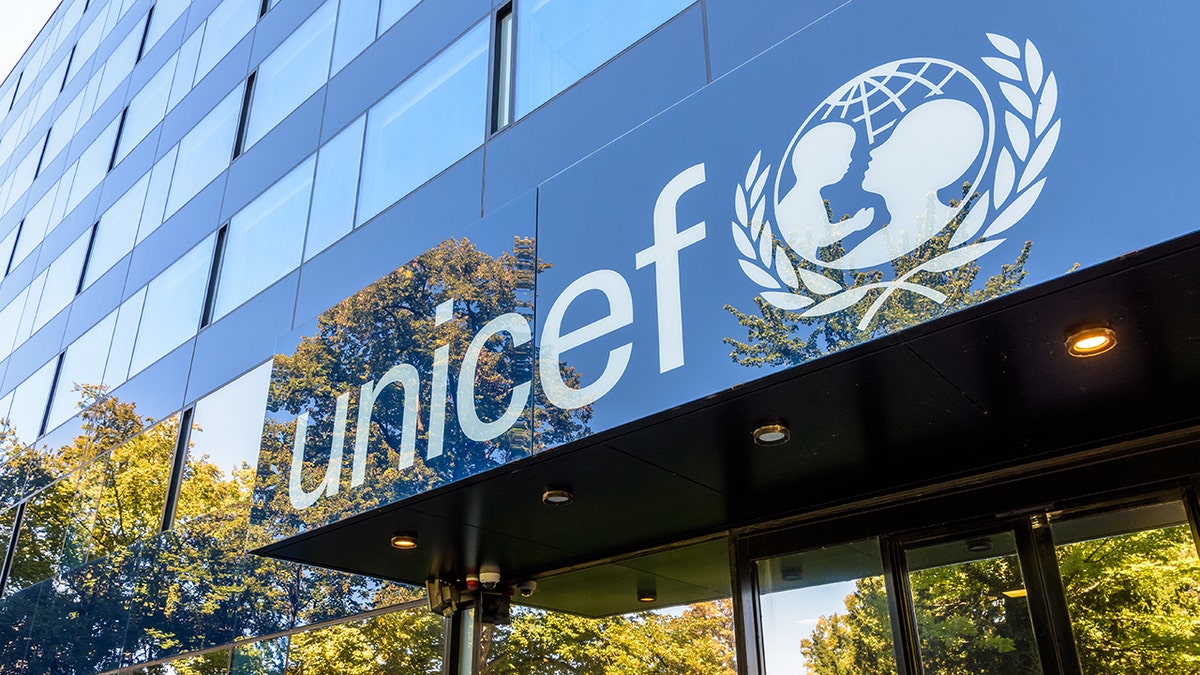
UNICEF is urging governments to take swift action on unhealthy food environments. (iStock)
UNICEF is urging governments worldwide to urgently impose restrictions on junk food marketing and ban unhealthy products in schools.
In Mexico, where childhood and adolescent obesity is common and sugary drinks and ultra-processed foods account for 40% of kids’ daily calories, the government recently banned the sale and distribution of ultra-processed foods and items high in salt, sugar and fat in public schools, UNICEF noted.
The agency warned that without swift action, the trend threatens to fuel a surge in diabetes, heart disease and other serious health problems among the next generation.

Health
11 Simple Hacks Real Women Used to Lose Weight

Use left and right arrow keys to navigate between menu items.
Use escape to exit the menu.
Sign Up
Create a free account to access exclusive content, play games, solve puzzles, test your pop-culture knowledge and receive special offers.
Already have an account? Login
Health
Men may need to work twice as hard as women to prevent potentially deadly disease

NEWYou can now listen to Fox News articles!
Men may need to exert double the amount of effort as women to fend off heart disease.
That’s according to new research from China that found men need twice as much exercise as women to lower their risk.
The study, published in the journal Nature Cardiovascular Research, analyzed data from more than 85,000 participants in the U.K. Biobank to pinpoint gender differences regarding physical activity and the incidence of coronary heart disease (also known as coronary artery disease).
YOUR HEART MAY BE OLDER THAN YOU THINK — AND THE NUMBER COULD PREDICT DISEASE RISK
Data was pulled from wearable accelerometers, like smartwatches, for a defined period to measure the amount of moderate to vigorous physical activity.
The participants, who did not have coronary heart disease at the start of the study, were monitored for nearly eight years to determine how many developed heart disease and how many died from it.
Men need double the amount of exercise as women to prevent coronary heart disease, research suggests. (iStock)
The average age for the incidence study was about 61 years and 57.3% were women. The mortality study had an average age of about 66 and 30% were women.
FITNESS EXPERT REVEALS 6 PILLARS OF STRENGTH TRAINING THAT OLDER ADULTS SHOULD MASTER
After adjusting for other heart disease risk factors, like BMI (body mass index) and smoking, the researchers found a “notable” difference between men and women.
Specifically, they discovered that women experienced lower risk levels with half the minutes of activity as men.

The association between coronary heart disease risk and physical activity was consistent for both onset of disease and mortality. (iStock)
In terms of developing heart disease, an extra 30 minutes of exercise per week was linked to a 2.9% lower risk in females and a 1.9% lower risk in men.
7 COMMON FITNESS MISTAKES OLDER ADULTS MAKE AND HOW TO AVOID THEM FOR BETTER WORKOUTS
Meeting the standard 150 minutes per week of recommended exercise lowered the women’s incidence risk by 22%, while men’s risk was lowered by 17%.
A further extended workout regimen of 300 minutes, or five hours, per week reduced the risk by 21% for females and only 11% for men.
CLICK HERE FOR MORE HEALTH STORIES
For about a 30% reduction in coronary heart disease incidence risk, women need about 250 minutes of exercise per week, while men need about 530 minutes, according to the researchers.
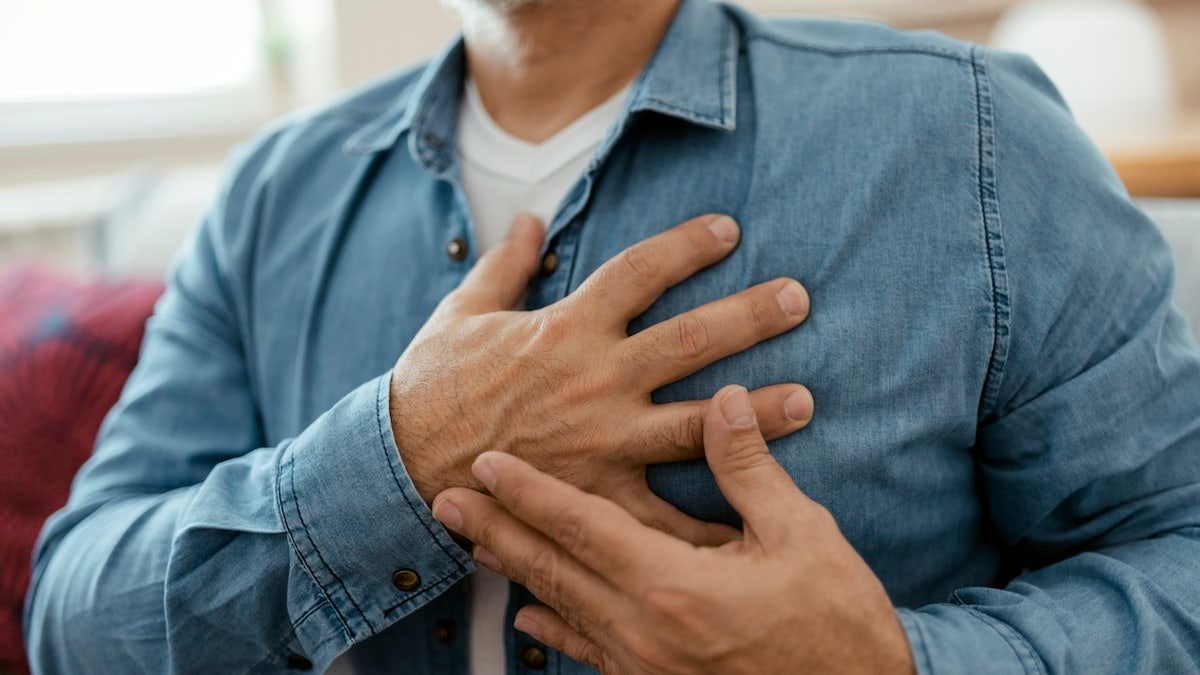
For about a 30% reduction in coronary heart disease incidence risk, women need about 250 minutes of exercise per week, while men need about 530 minutes. (iStock)
When it comes to mortality from heart disease, sticking to 150 minutes of exercise per week reduced women’s risk by a whopping 70%, and only lowered men’s risk by 19%.
To reduce coronary heart disease mortality by 30%, women need about 51 minutes of exercise per week and men need about 85 minutes.
CLICK HERE TO DOWNLOAD THE FOX NEWS APP
The researchers commented in the study that these findings “underscore the value of sex-specific tailored coronary heart disease prevention strategies using wearable devices, which may help bridge the ‘gender gap’ by motivating females to engage in physical activity.”
CLICK HERE TO SIGN UP FOR OUR HEALTH NEWSLETTER
Fox News senior medical analyst Dr. Marc Siegel spoke about the study on “America’s Newsroom” on Tuesday.
“I can tell you, having been married for almost 30 years, that women are better than men. There’s no question about it,” he said. “Physiologically, spiritually, women are superior.”

To reduce coronary heart disease mortality by 30%, women need about 51 minutes of exercise per week and men need about 85 minutes. (iStock)
Siegel noted that men have higher levels of testosterone, which is “bad for cholesterol,” and tend to build up fat “in the wrong places” in the gut, leading to inflammation.
“We smoke more, we drink more, we don’t exercise as much,” Siegel said about men in general. “All of that puts us at risk for heart disease.”
TEST YOURSELF WITH OUR LATEST LIFESTYLE QUIZ
According to the doctor, women “start to catch up” with increased risk after menopause, although it “takes a long time.”
“With all these risks, [men] need the exercise way more than women do to make up for it,” Siegel added.
Health
Inside the Poisonous Smoke Killing Wildfire Fighters at Young Ages

Across the country, wildfire fighters work for weeks at a time in poisonous smoke.
The government says they are protected.
We tested the air at one fire to find out why they are still dying.
Across the country, wildfire fighters work for weeks at a time in poisonous smoke.
The government says they are protected.
We tested the air at one fire to find out why they are still dying.
It’s July and the Green fire is tearing through Northern California. An elite federal firefighting crew called the La Grande Hotshots has been sent to help. The 24-person crew has been working for days on the front lines, where invisible toxins hide in the thick haze.
More than 1,000 firefighters are on the fire. Several crews, including the La Grande Hotshots, are trying to contain the flames by building a trench of bare earth that will stretch from a road to a river bank. They’re doing this at night, in hopes that the cooler air will tamp down the smoke.
The crew knows that they’re risking their health.
One longtime member died last year after being diagnosed at 40 with brain cancer. A former crew leader is being treated for both leukemia and lymphoma diagnosed in his 40s. Another colleague was recently told that he has the lungs of a lifelong chainsmoker.
Wildfire fighters nationwide are getting sick and dying at young ages, The New York Times has reported. The federal government acknowledges that the job is linked to lung disease, heart damage and more than a dozen kinds of cancer.
But the U.S. Forest Service, which employs thousands of firefighters, has for decades ignored recommendations from its own scientists to monitor the conditions at the fire line and limit shifts when the air becomes unsafe.
To find out how harmful the air gets on an average-size wildfire, Times reporters brought sensors to the Green fire this summer. We tracked levels of some of the most lethal particles in the air, called PM2.5, which are so tiny that they can enter the bloodstream and cause lasting damage.
Readings above 225.5 micrograms per cubic meter are considered hazardous. On the fire line, levels regularly exceeded 500.
The fire began on July 1 after a lightning storm passed over the Shasta-Trinity National Forest.
By July 16, much of the area was shrouded in smoke.
Around 6 p.m., the La Grande Hotshots started their shift and set off toward the fire line.
Capt. Nick Schramm, a crew leader, assumed the air was reasonably safe. He has done this work for nearly two decades, and like most firefighters, he often has coughing fits after long shifts. But he believes that exposure to hazardous air is unavoidable.
“That’s just the harsh truth,” he said later.
As climate change makes fire seasons worse, several states have tried to shield outdoor workers from wildfire smoke, which can contain poisons like arsenic, benzene and lead. California now requires employers to monitor air quality during fires, and to provide breaks and masks when the air turns unhealthy.
But these rules don’t apply on the wildfires themselves, because state agencies and private companies successfully argued that those constraints would get in the way of fighting fires.
Until recently, federal firefighters weren’t even allowed to wear masks on the job. Masks are now provided, but they are still banned during the most arduous work, closest to the fire. The Forest Service says face coverings could cause heatstroke, though wildland firefighters in other countries regularly use masks without this problem.
As crews descended the ridge toward the fire line, the levels of toxic particles nearly doubled.
Firefighters say that during their shifts they worry more about immediate dangers — falling trees, burns, sharp tools — than about smoke exposure. As the La Grande crew hiked down the steep terrain, Lily Barnes, a squad leader, concentrated on keeping her footing.
Back home in the off-season, she sometimes wonders what the smoke is doing to her body, she said in an interview. “Maybe I’ll realize one day I shouldn’t have been doing this work.”
The handbook issued to Forest Service crews has 10 words of guidance for smoke exposure on the fire line: “If needed, rotate resources in and out of smoky areas.” The agency declined to comment for this story, but in the past has told The Times that while exposure cannot be completely eliminated, rotating crews helps limit risk.
In practice, according to interviews with hundreds of firefighters, workers feel as though they are sent into smoke and then forgotten. Over months of reporting, Times journalists never saw a boss pull a crew back because of exposure.
Even experienced supervisors can’t tell exactly how unhealthy the air is just by looking.
Chuy Elguezabal, the La Grande superintendent, says he pulls his crews out of smoke when it becomes impossible for them to work — when they cannot see or breathe, or they are overcome by headaches and coughing fits.
On the Green fire, he said, the smoke seemed like more of an inconvenience, like the 105-degree daytime heat or the poison oak that had given many of the firefighters weeping sores.
Since the 1990s, Forest Service researchers have suggested giving crews wearable air sensors, but the agency hasn’t done it. Other dangerous workplaces, like coal mines, have long been required to monitor airborne hazards.
On the Green fire, The Times used a device that weighs as much as a deck of cards and costs about $200.
Last year, firefighters wore the same devices during a small federal research project to measure their exposure. For hours, those readings stayed at 1,000 — as high as the monitors go — according to Zach Kiehl, a consultant who worked on the project.
Mr. Kiehl said that ideally, crews would be issued monitors to know when to put on masks or pull back from a smoky area. “You can pay now and prevent future cases, or pay out later when a person is losing a husband or a father,” he said.
The firefighters believe that the decision to work at night has paid off: The smoke occasionally got thick, but didn’t seem bad compared with other fires they have worked. They think the exposure was fleeting.
In fact, the monitors show, the air was never safe.
Methodology
To measure particulate concentrations at the Green fire, The Times followed U.S. Forest Service crews and carried two Atmotube PRO sensors. These portable, inexpensive monitors are the same as those the Forest Service has tested in the field.
We consulted with Dr. Aishah Shittu, an environmental health scientist, and Dr. Jim McQuaid, an atmospheric scientist, both from the University of Leeds. They are co-authors of a study showing that Atmotube Pro sensors demonstrated good performance for measuring fine particulate matter concentrations despite being a fraction of the size of reference-grade models. We also developed our approach in consultation with experts from the Interior Department and the Forest Service.
On the Green fire, the sensors recorded minute-by-minute averages of airborne particles that are 2.5 micrometers in diameter or smaller. The Times then matched these readings with timestamps and locations from a satellite-enabled GPS watch.
Generally, the harm associated with PM2.5 levels is calculated based on a 24-hour average. Here, for near-real-time monitoring on the fire line, we followed the guidance of Drs. Shittu and McQuaid by first averaging the readings from the two sensors and then calculating a 15-minute rolling average.
Using those figures, we categorized the health risks of PM2.5 exposure according to standards set by the U.S. Environmental Protection Agency. We used standards meant for the public because there are no federal occupational standards for wildfire smoke exposure.
After averaging, our data had a correlation coefficient of 0.98 and a mean coefficient of variation between the two sensors of 7.5 percent. The E.P.A. recommends that PM2.5 air measurements have a correlation coefficient of at least 0.7 and a mean coefficient of variation less than 30 percent. Our correlation and variance measures gave us confidence that the sensors were largely in agreement.
The 3-D base map in this article uses Google’s Photorealistic 3D Tiles, which draw from the following sources to create the tiles: Google; Airbus; Landsat / Copernicus; Data SIO, NOAA, U.S. Navy, NGA, GEBCO; IBCAO.
-

 New York6 days ago
New York6 days agoVideo: How Mamdani Has Evolved in the Mayoral Race
-

 World1 week ago
World1 week agoIsrael continues deadly Gaza truce breaches as US seeks to strengthen deal
-

 News1 week ago
News1 week agoVideo: Federal Agents Detain Man During New York City Raid
-

 News1 week ago
News1 week agoBooks about race and gender to be returned to school libraries on some military bases
-

 Technology1 week ago
Technology1 week agoAI girlfriend apps leak millions of private chats
-

 Politics1 week ago
Politics1 week agoTrump admin on pace to shatter deportation record by end of first year: ‘Just the beginning’
-

 News1 week ago
News1 week agoTrump news at a glance: president can send national guard to Portland, for now
-

 Business1 week ago
Business1 week agoUnionized baristas want Olympics to drop Starbucks as its ‘official coffee partner’






